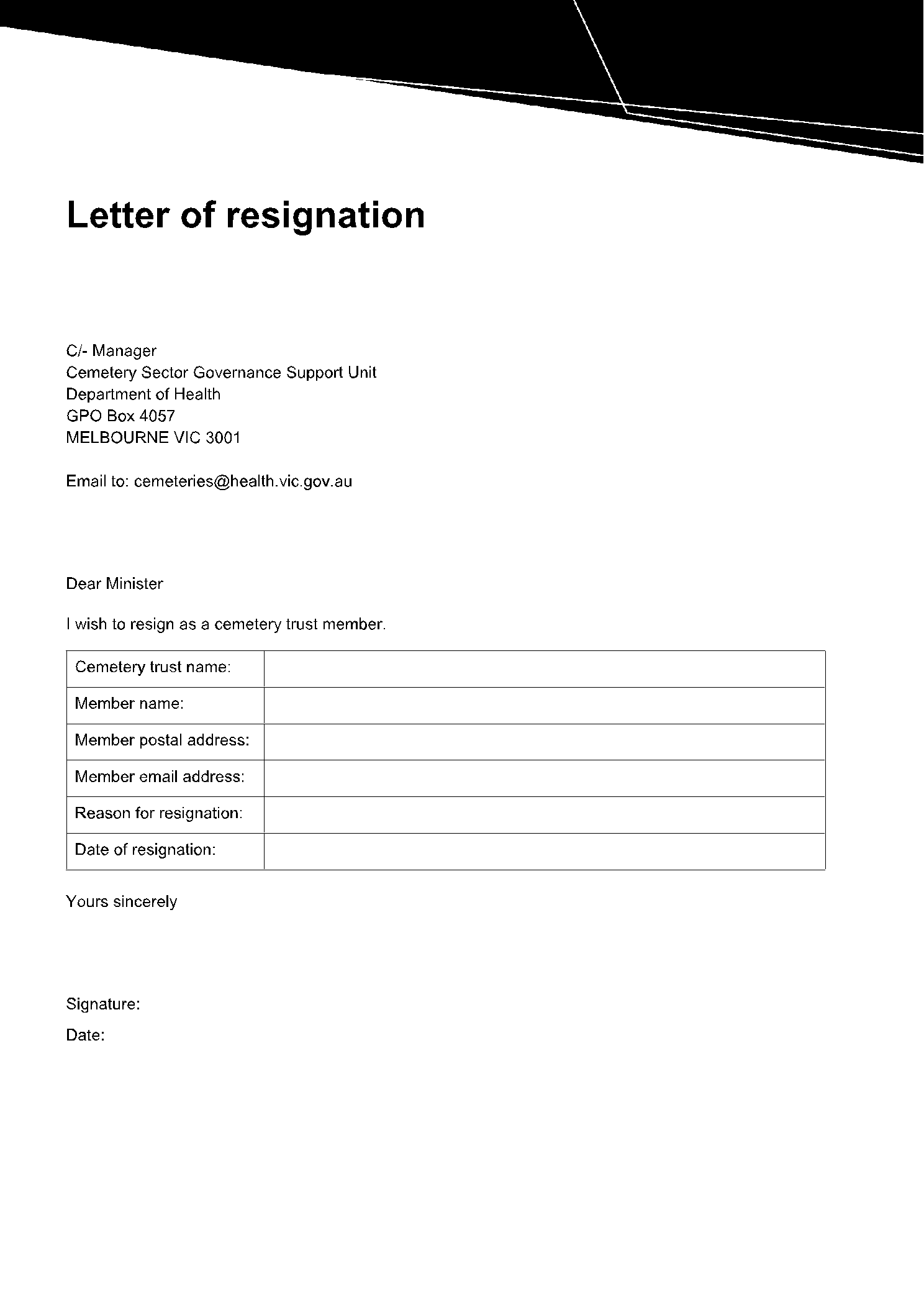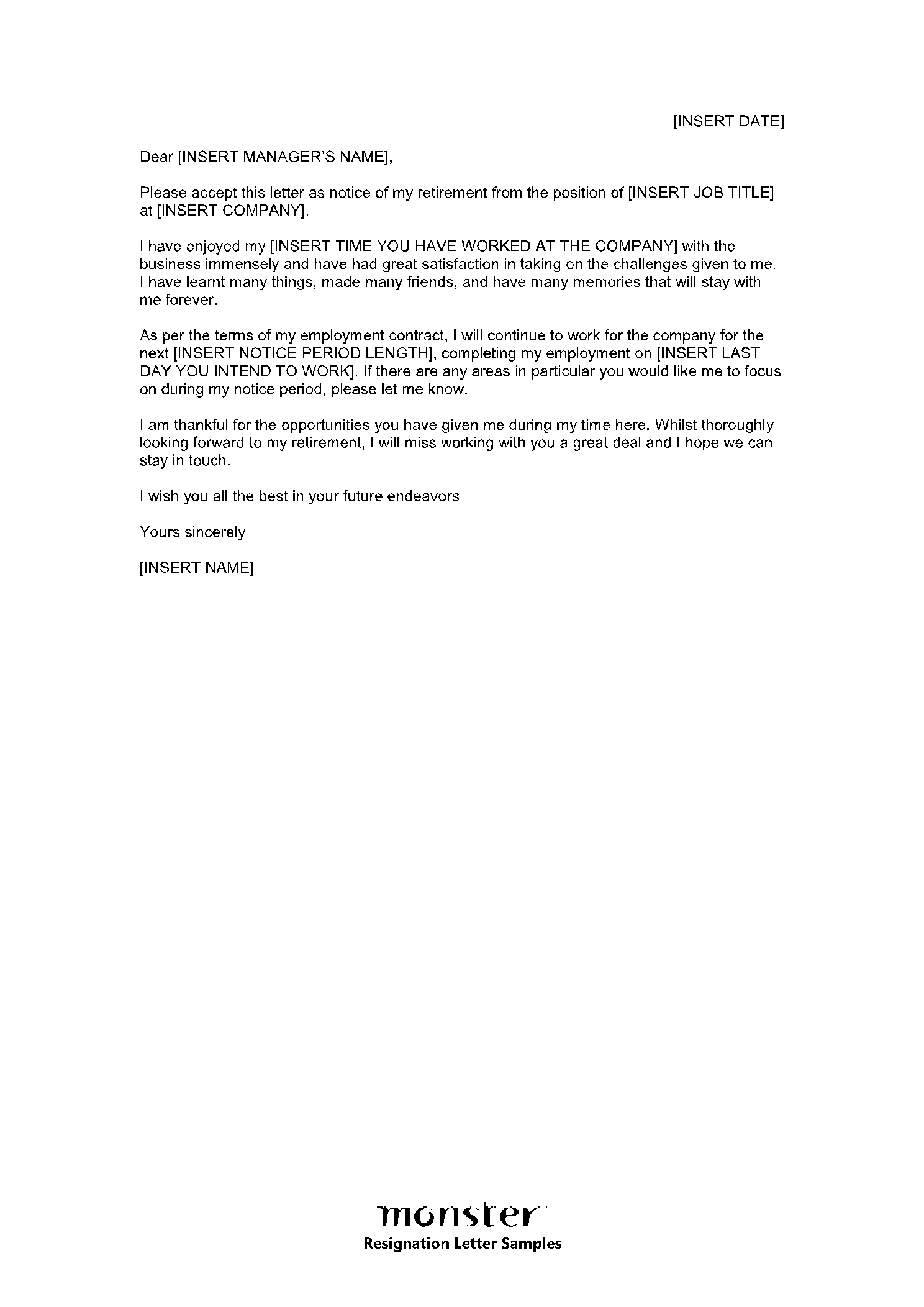Once you reflected on it and decided now it’s the right time to leave your job. Whether you’re going for a greener pasture elsewhere, pursue other goals and hobbies, or you’ve had discrepancies with your current employer and want to leave undesirable working conditions, it’s essential to resign courteously.
Learning more about resignation letters can help you construct an effective document. CocoDoc can help you figure out how to write a professional letter of resignation using our editable and customizable 10+resignation letter templates.
This article explains what a resignation letter is, tips for writing one, and offers examples.
What Is a Resignation Letter?
A resignation letter is a short, official document that informs your employer that you intend to terminate your employment position with the company. They are essential in helping your employer know what the terms of your departure will be.
A resignation letter gives an employer the notice they’ll need to find your replacement and respond to your resignation by coordinating your exit. It ensures you leave on positive terms with your employer.
Let’s say you’re quitting your job; writing a resignation letter enables you to leave a good final impression on your employer. An informative and polite resignation letter can help gain you a valuable reference when applying to other jobs and furthering your career goals. It increases the chances that your former employer will be willing to write you a positive recommendation when the time comes.
Your resignation letter should be a concise, positive experience, with a good etiquette note confirming your intention to leave your job. A well-written resignation letter can solidify a lasting relationship with your existing employer.
What Should Be Covered in a Resignation Letter
Your letter of resignation acts as a formal admission of your intent to leave your job. But, it can still be used to reflect positively on you after you have departed. Resignation letters should be short, direct to the point, written in formal language, and be positive.
It’s important to include essential details about your resignation, including:
- A statement that clearly says you're going to resign
- The date of your resignation, the recipient’s name, and the company’s information.
- Your contact details and signature
- The date of your last day of work
- The role you’re resigning from
A letter of resignation doesn’t require you to give an extensive story about why you’re leaving. You may want to include a sentence stating your reasons for leaving, as long as the tone is professional. Highlight the key things you learned and what you enjoyed about the job and the company.
In the body of your resignation letter, you can offer to help make things easier with the transition, for instance, helping train other staff before you depart. When writing the letter, ensure you get the dates right, and you get a copy as evidence for your submission and proof of your last day.
Types of Resignation Letter
In order to know how to appropriately write a resignation letter that fits your circumstance to leave your job, first, you must understand the different types of resignation letters.
Whether you are about to write an immediately effective resignation letter, a two-week notice period resignation letter, or even a teacher resignation letter, CocoDoc got the resignation letter templates that can serve as your reference when writing.
Different types of resignation letters include:
- 2 Weeks Notice
This resignation letter is applicable, providing your employer with two weeks' notice. If you are providing more extended notice, you can adjust your letter accordingly.
- EMail Resignation
Use resignation email message announcements to inform colleagues and clients that you are leaving your job.
- Immediate Resignation
Write an immediate resignation letter when circumstances require you to resign within a day. This resignation letter sample is for an employee who is leaving immediately.
- Standard Job Resignation
It’s a basic letter of resignation that notify your employer that you are submitting your resignation and providing your departure details.
- Retirement Resignation
Resignation letter announcing your retirement from employment.
- Teacher Resignation
Letter of resignation is used when you are a teacher resigning from a position with a school.
- Board Resignation
- Church (Religious) Resignation
- Nursing (RN) Resignation
- Police Officer Resignation
When to Use a Resignation Letter?
If you are thinking about finding a new career, you’ll also be thinking about writing your resignation letter. When leaving your job, you may be required to deliver a resignation letter with complete information. Regardless of requirements, a simple letter of resignation should be professional and courteous.
The company’s human resources department may require a resignation letter to keep in your employment file. The document acts as a reference if a potential employer contacts them to confirm your work history.
Resignation letters are often submitted in advance to HR, a supervisor, or a manager. However, giving at least a two-week notice is customary for most industries. Informing an employer ahead of time gives them ample time to find and train your replacement and you get a chance to say goodbye to coworkers.
Be secure in your decision before delivering your letter of resignation to the manager. Retracting your resignation is a sticky situation that will probably still leave you jobless.
Tips in Writing a Proper Resignation Letter
Even if you’re resigning under favorable terms, it can be a stressful experience. The following tips can help you feel more prepared and certain to draft a simple resignation letter.
When writing a proper resignation letter, it’s best practice to get straight to the point. Consider using a letter of resignation template or samples. CocoDoc templates have blank fields that you can fill in easily and usually already include simple, business-like wording.
If you’re required to send your resignation letter to both your manager and human resources representative, try to keep your information as accessible as possible so different professionals in your organization can clearly understand it.
While some companies require a physical letter, resignation emails are also sometimes acceptable. Simple resignation emails should include the same information as letters. Refer to your employee handbook for more information about resignation policies. You can also contact your human resources representative.








